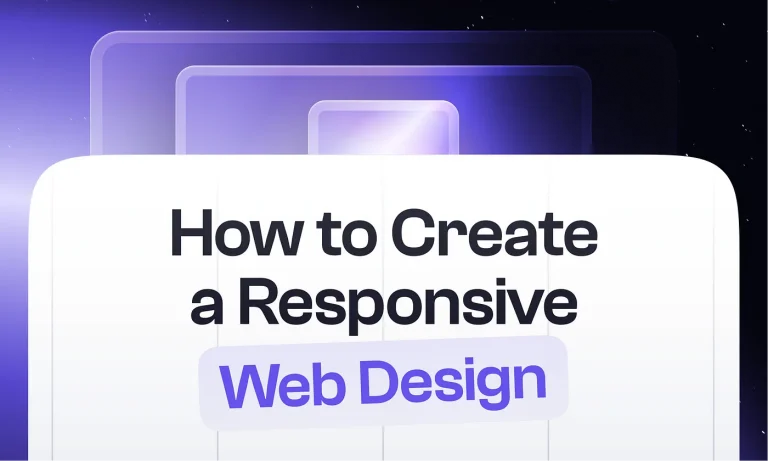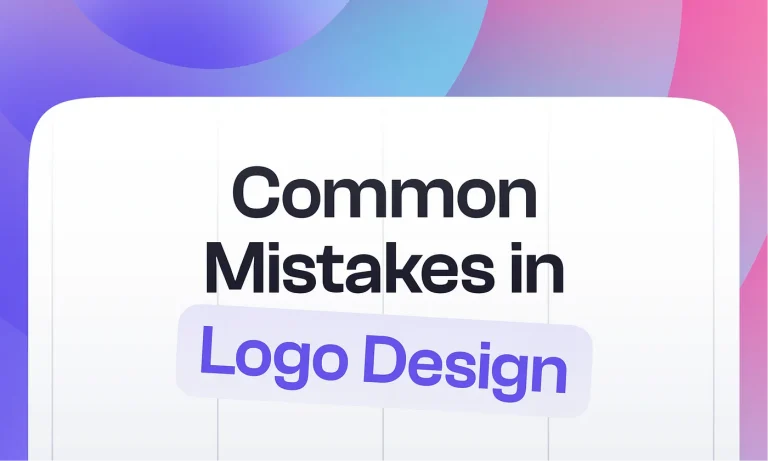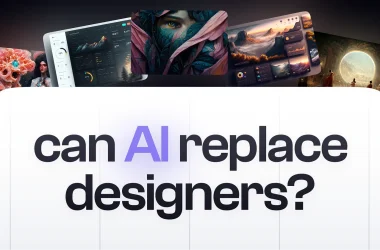A UX/UI design is a complex and competitive niche. Therefore a specialist needs to possess a large number of skills to create cool and attractive visuals. In today’s topic, we will look at some of them and try to give it a personal assessment.
1) Correct object locations
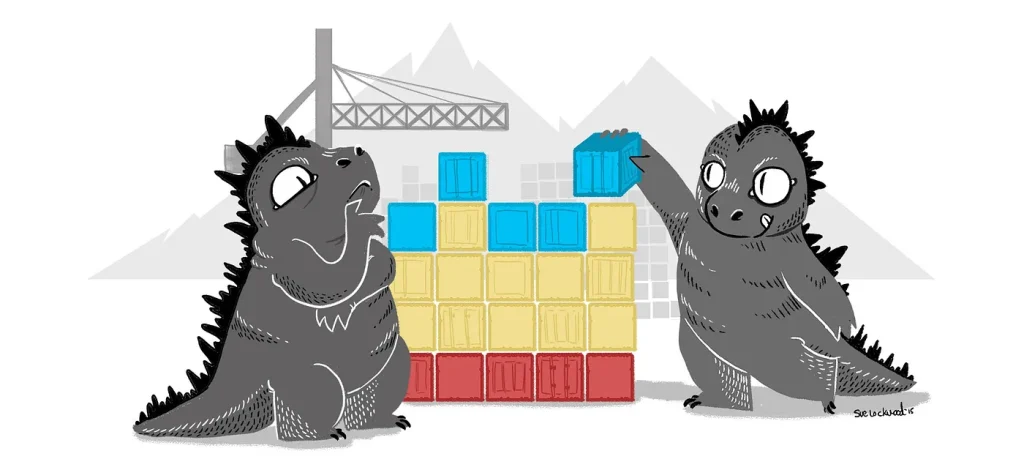
Today, designers primarily use two main methods when placing elements:
Rigid grid (basic). It allows you to place all materials according to a pre-created vertical scheme with fixed parameters. Using this type of grid you can group background blocks with elements in the foreground. As a result, the designer forms a kind of puzzle tracking margins and fixing containers to the grid. Thatʼs a basis of UX/UI skills.
A soft grid allows you to mark the space between different elements on the page. It is easier to implement such a grid, so it is possible to design a resource faster, and the designer is practically unlimited in solutions. This method adjusts the shape to the content, avoiding encountering new restrictions with each adjustment. For the objects to be located correctly and conveniently for users, it is worth choosing one of the above options and adapting it to the specifics of the resource.
2) Effective communication via these UX/UI Skills
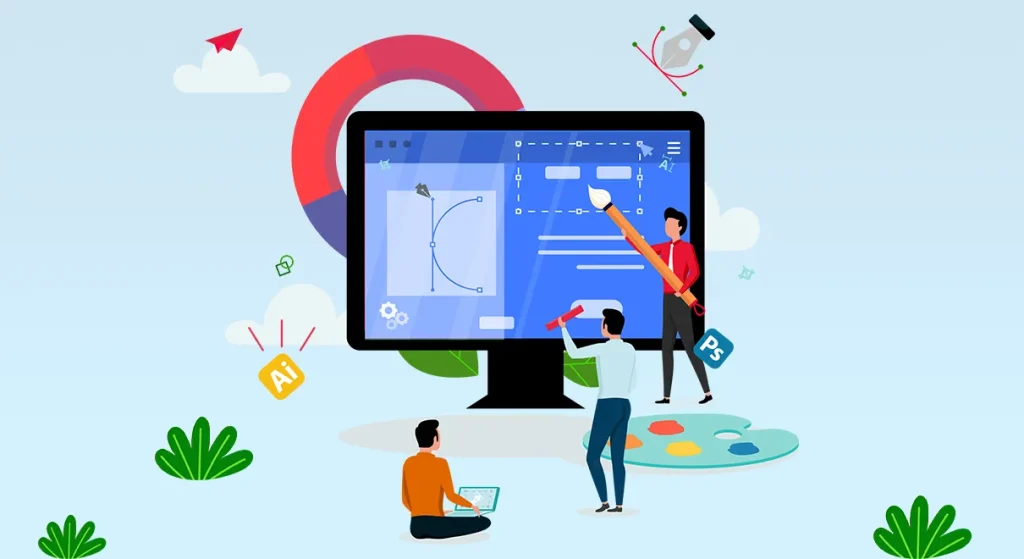
You can quickly master the main technical aspects of UX design. It goes beyond the skills required for effective work. It is very important to be able to negotiate, have constructive discussions, work and interact with many specialists, including the project manager and the client. If you cannot communicate and organize, you will not implement the project.
The ability to hear and convince is also extremely important for the final result. Ensure that your work gets appreciated by learning how to effectively sell it. Constant communication with colleagues, collaboration in solving complex problems, diplomacy, and similar skills are crucial. Without these UX/UI skills, your ideas may face a high risk of rejection, even if they meet all technical requirements.
3) Building layouts
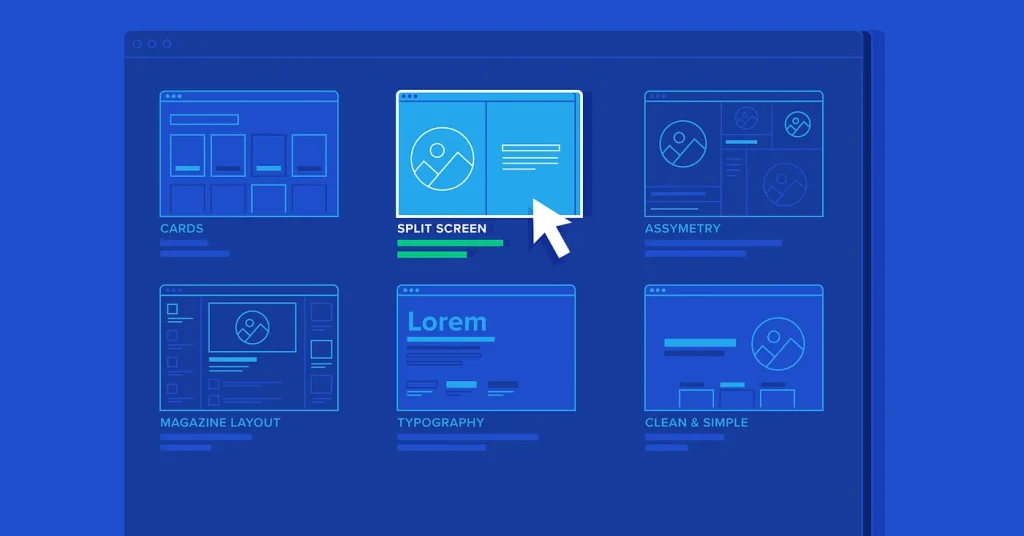
In order not to get lost in the great variety of ideas that you have, it is better to transform them into layouts. They can be primitive and crude, but the main thing is that you understand what a particular solution will look like.
Developing an interaction scenario is essential. This involves creating a chain of layouts that illustrate the user’s journey through the resource until they achieve their goal. The key is to visualize the idea, regardless of the method used to create layouts. It is better to have a lot of them and then you can choose the appropriate option.
4) Research and analytics with these UX/UI Skills

If you want to become a professional, it is important to be able to research the market, marketing, product and user development architecture. Let’s pay attention to the user’s research: you need to know who he is, how he lives, and what does and uses.
Let’s say you are developing a digital product in the field of medicine and your user is a patient. Try to imagine him and understand what he wants to get and what functions he needs in this product.
5) Wireframing & Prototyping
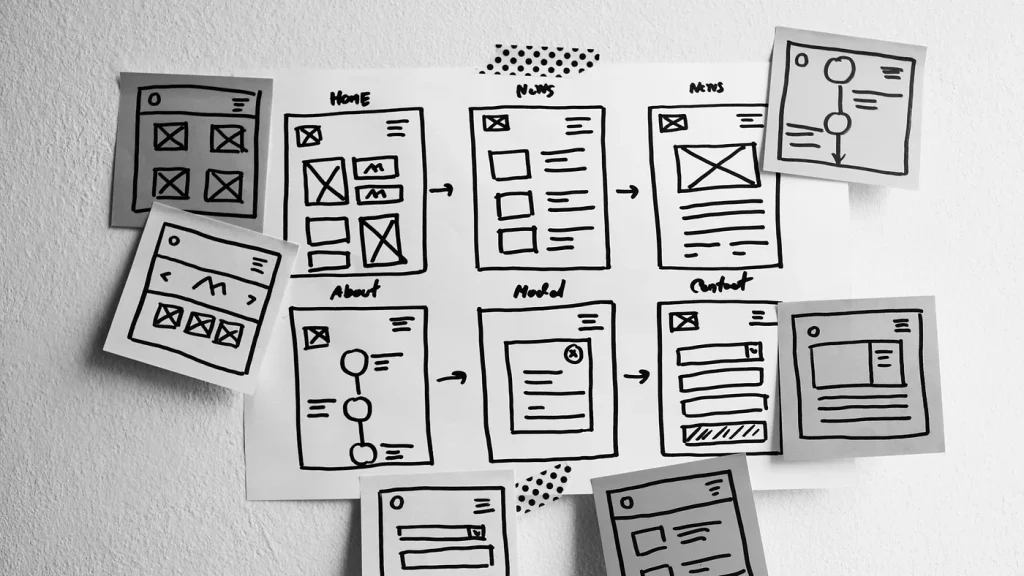
A wireframe is a diagram of the interface elements and navigation of the final product as their interaction with each other. As a rule, wireframes do not use typography, color, or any other graphic design elements, as the focus is on functionality, behavior, and content.
The prototype is a detailed representation of the final product that simulates user interaction with the interface. It is created to test the main hypotheses created at the wireframes stage.
6) Working with text
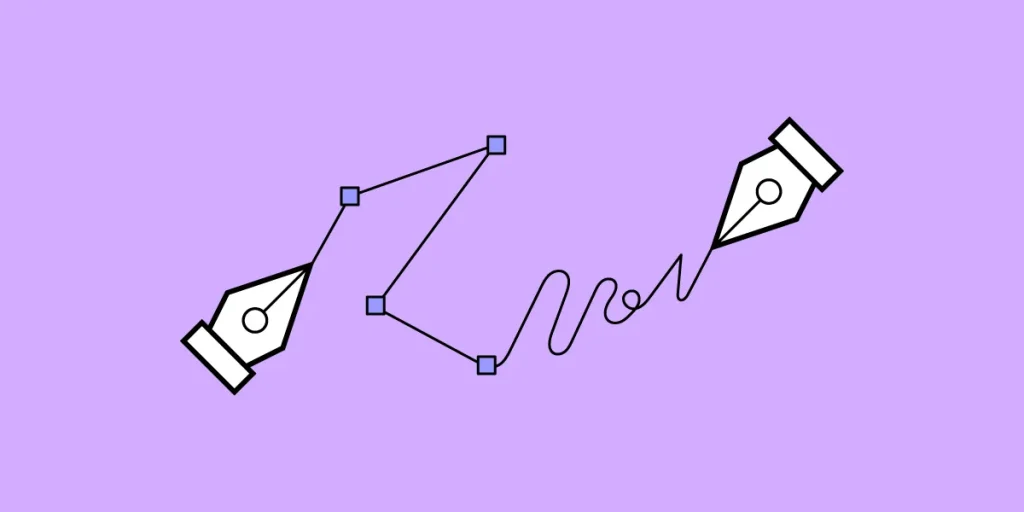
A UX/UI designer should know the basics of writing text. This is important to correctly and effectively submit information, a significant part of which is contained in the text.
7) Programming

The designer is not required to know how to code on par with programmers, but he must understand the basics of programming and its trends. Your company’s software is also very important.
8) Interaction design using UX/UI Skills
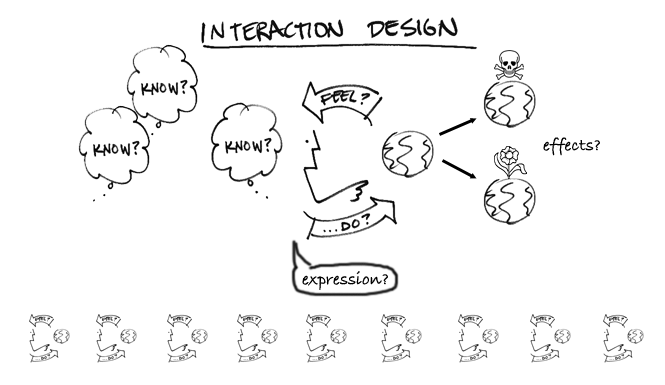
Interaction design is a discipline that deals with interactive digital products, systems, environments, and services. The main focus in interaction design is on meeting the needs and wishes of users. It’s the ability not only to develop a beautiful and functional design but also to accept criticism from your colleagues and users, which will significantly improve the quality of the product.
That’s how it is. In this article, we tried to pay attention to the main points of the designer’s work and shift the focus to the skills necessary for this work. Of course, that’s not all UX/UI skills. But to begin to master each of these tips is already very good.
Psss, more exciting topics are coming soon on this platform. Stay tuned!

